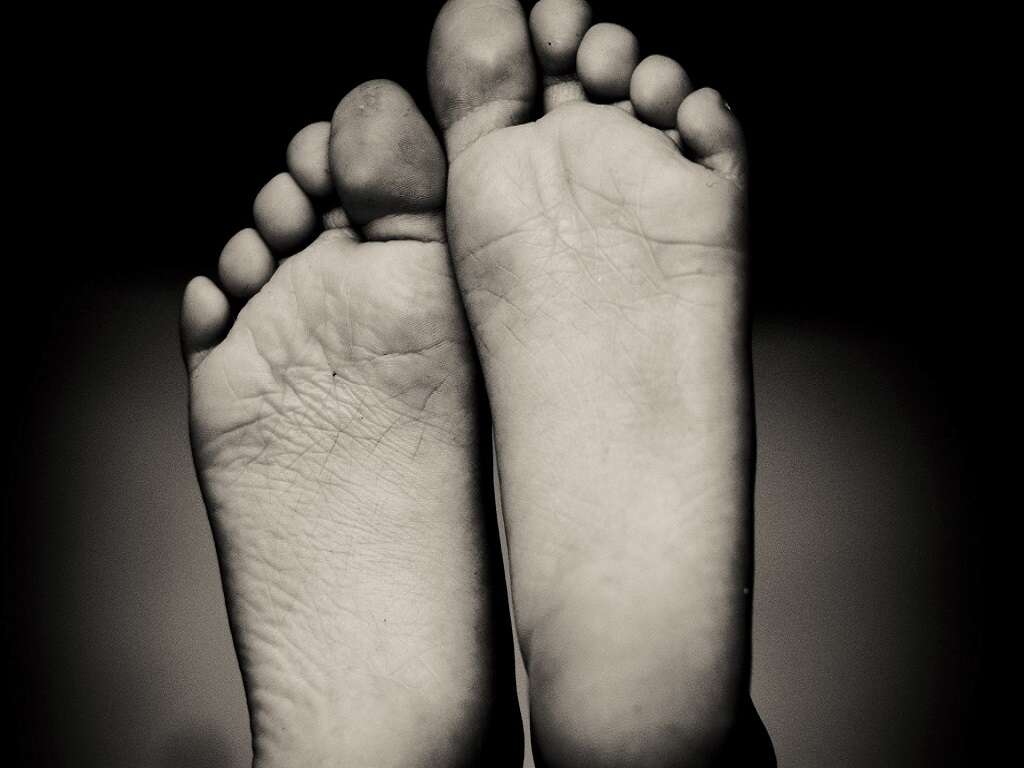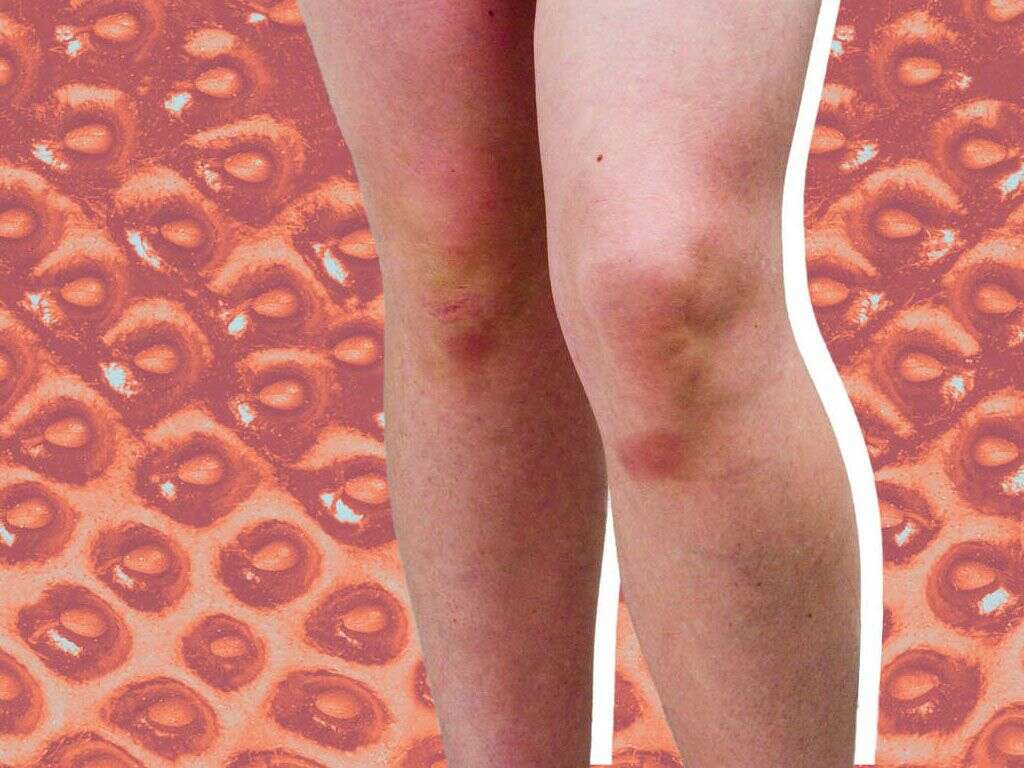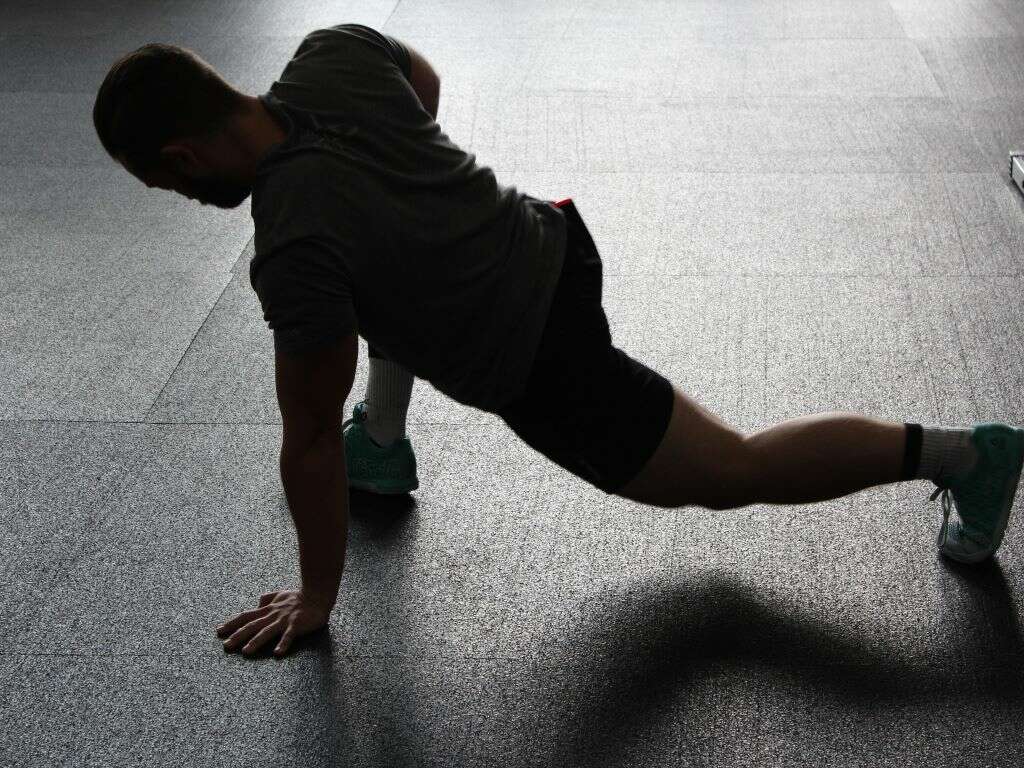10 Pulled Hamstring Symptoms
The hamstring is the term given to the group of muscles at the back of the upper legs. They are largely responsible for allowing us to walk and lift heavy weights, so they are one of the biggest groups of muscles in the body. Overwork them, though, and you can cause damage to them.
A pulled hamstring is when there is a tear in the muscle or the tendon attached to the muscle. The tears can vary in severity, meaning a range of symptoms.
Pulled hamstrings most often occur in athletes and are often, but not always, down to the athlete not being sufficiently prepared. Below are 10 pulled hamstring symptoms to be aware of.

Symptom #1: Mild Pain
The severity of a pulled hamstring can vary quite considerably. In many cases, you may be fortunate enough to find that the pain is relatively mild. While it may be uncomfortable, it is not necessarily something that will leave you in agony.
This is not to say that you should not care for the injury, though. You should still take it easy to help the wound to heal, and also to help prevent causing any further damage. If you were planning on going for a run, but you have lightly pulled your hamstring, you should sit it out instead. Running may well leave you sidelined for a lot longer.

Symptom #2: Intense Pain
As already mentioned, the severity of pulled hamstring injuries can vary rather a lot. You might feel little more than mild pain, although you could also end up feeling something quite different altogether. If the injury is bad enough then it could leave the patient in agony.
Such is the pain of a severely pulled hamstring that it can leave the patient writhing in agony. The pain can be so bad that they are unable to walk or even stand. Such a level of pain is a sign that they need medical attention. Try to get them to an emergency room but also try to move their leg as little as possible to prevent more damage.
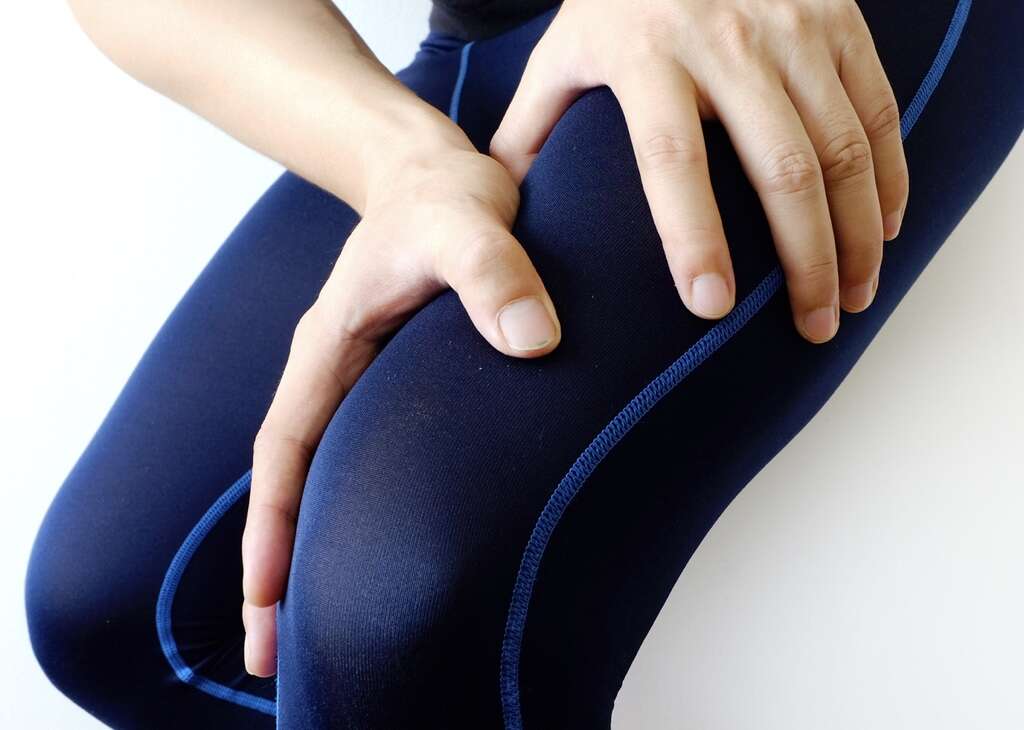
Symptom #3: Pain When Walking
If you get any type of limb injury, the best option is to seek help from a professional, such as a physical therapist, in order to learn the best way to rehabilitate the limb. This can help the healing process and also help avoid making the injury worse. The same goes when it comes to a pulled hamstring, although you are unlikely to want to walk on it anyway.
Somebody with a pulled hamstring is quite likely to find that the pain gets worse when they are walking. The pain is generally felt in the lower buttock and at the rear of the thigh. The intensity of the pain is likely to vary considerably according to the severity of the injury.

Symptom #4: Tightness
Another common symptom of a pulled hamstring is that the muscle may feel tight to you. It can feel tight when you are walking but also when you are at rest. There are remedies available that can help to alleviate this feeling of tightness.
It is not uncommon for our muscles to feel tight. It will often wear off after a while, particularly after a stretch or even a massage. If it does remain tight, however, then you should arrange to find out what is causing it. It should hopefully be something that can be cleared up before too long and without much difficulty.
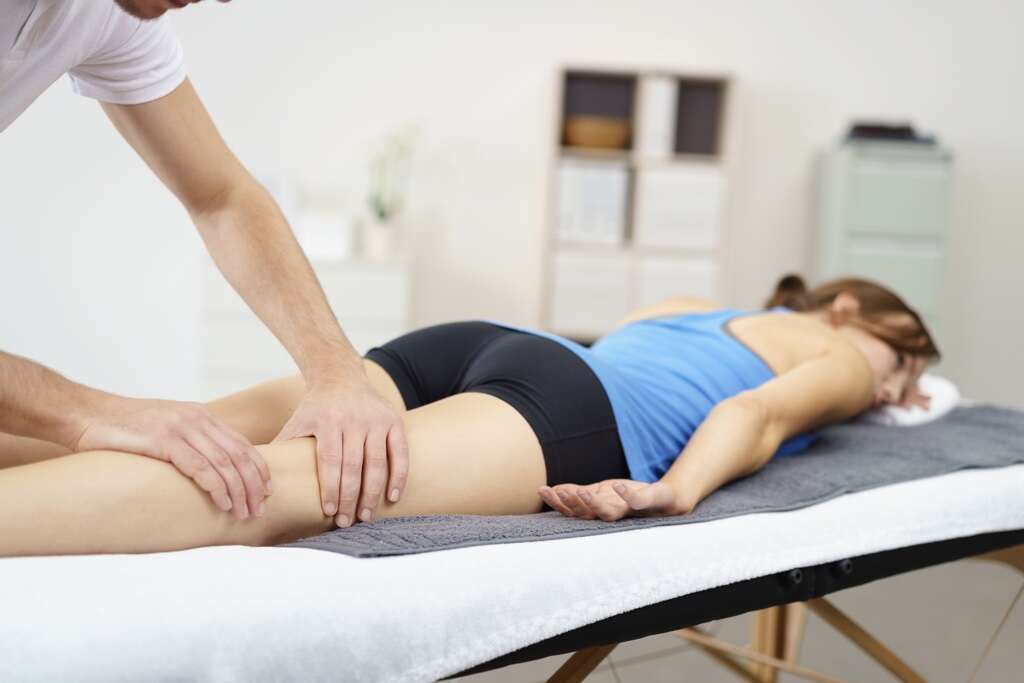
Symptom #5: Sudden Pain When Exercising
It is wise to be careful when exercising. Overdo it and you can hurt yourself, and the result can be unbearable pain. A pulled hamstring will often occur in people as they are exercising, particularly those that have not taken enough precautions before their run or workout.
The pain experienced will often be intense and it will also be sudden. Indeed, it is not uncommon for sports people to pull up injured in the middle of an event. The injury will often occur suddenly as the muscle is pulled beyond what it can handle. To take precautions against this type of injury, it is best to stretch thoroughly first before exercising.

Symptom #6: Snapping Sensation
The hamstring is among the largest muscle groups in the body. This means that depending on the severity, an injury to one of the muscles here is going to be something that you definitely notice. Not only are you likely to feel pain and experience immobility, but you might also experience a snapping sensation.
The snapping sensation experienced is a clear sign that there is a problem with your hamstring. Some people will also describe it as a “popping” sensation. It is a sign that the injury is quite severe and that you should seek medical attention as soon as possible.
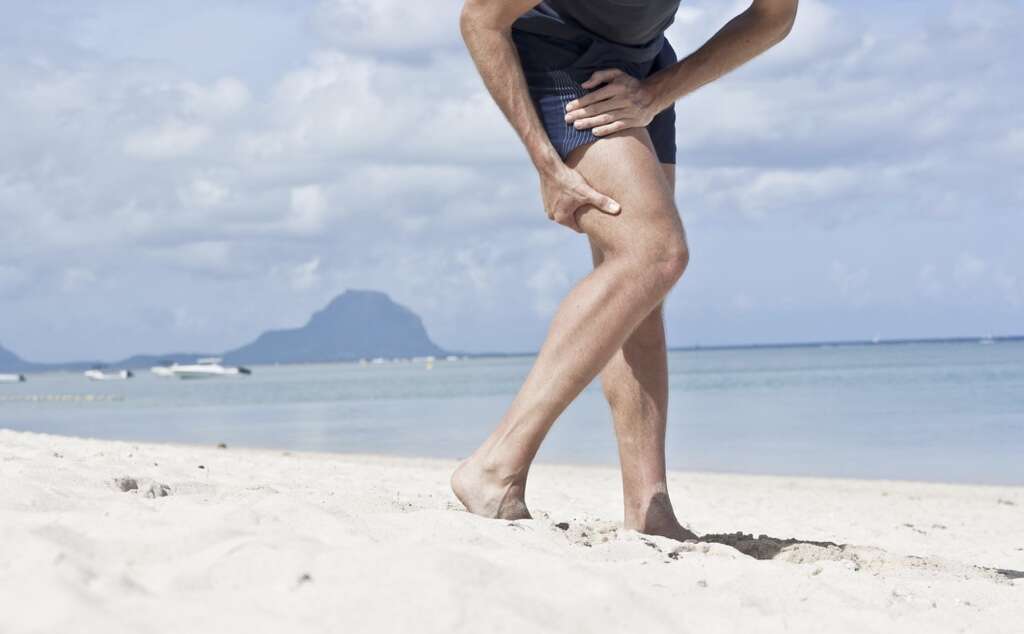
Symptom #7: Pain When Straightening Leg
When diagnosing a problem, medical professionals will usually know of certain signs to look for. Moving in a particular way, for example, can lead to a symptom that will be a bit of a giveaway as to what the problem is. In the case of a pulled hamstring, pain when the leg is straightened is going to be a strong indicator of what is wrong.
If you are not sure of what the problem is then you should not try to diagnose it yourself. Instead, you should always speak with a medical professional to be sure that you know what the problem is. It might also be necessary to have a scan performed in some cases.

Symptom #8: Tenderness
A hamstring injury can mean quite a significant tear in the muscle. This is going to lead to some very noticeable symptoms such as difficulty walking and, of course, the pain that comes with such an injury. What’s more is that you are likely to find that the area is quite tender to the touch for some time.
If your pulled hamstring is tender, using ice immediately after the injury or heat about 72+ hours after the injury may be helpful. Ask a musculoskeletal health professional about appropriate dosages and applications of ice and heat. In some cases, you may be put into a splint or a cast to help protect the injury. As uncomfortable as it can be, most people will make a full recovery in time.
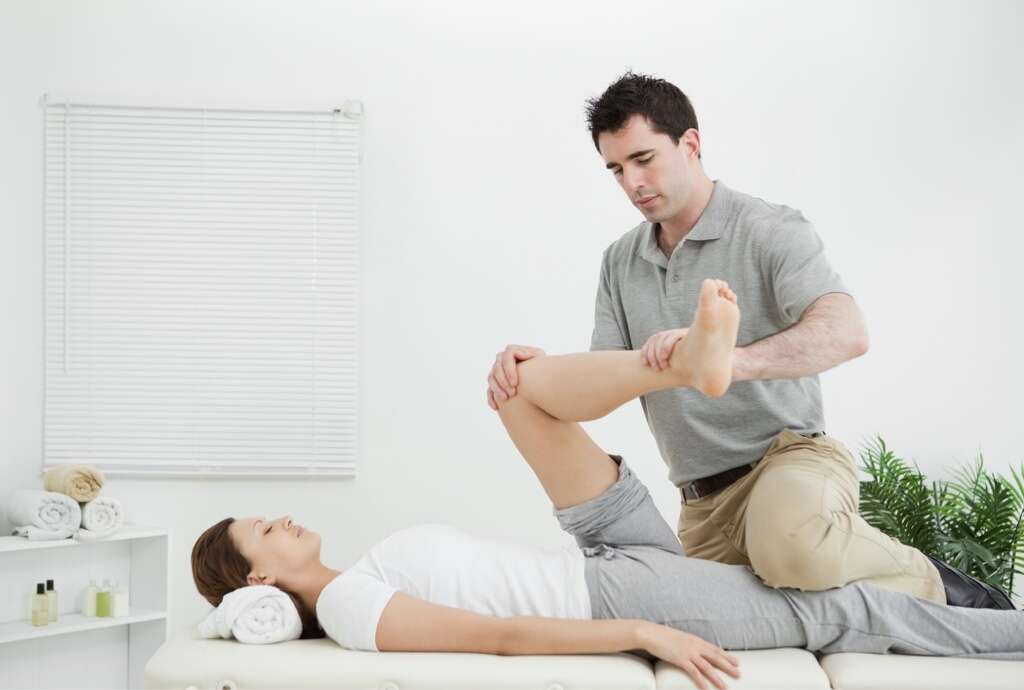
Symptom #9: Bruising
If you pull a muscle then the chances are that you will be pulling the surrounding blood vessels as well. This can cause them to become broken and that would cause blood to leak out. This would then cause a bruise, which is a patch of skin that appears darker because of the presence of blood just beneath the surface.
Bruising is not usually something to be concerned about in itself. The body will automatically begin to fix the leak and the leaked blood will eventually be transported away. There are also remedies you can try that can help the bruising to go away faster.
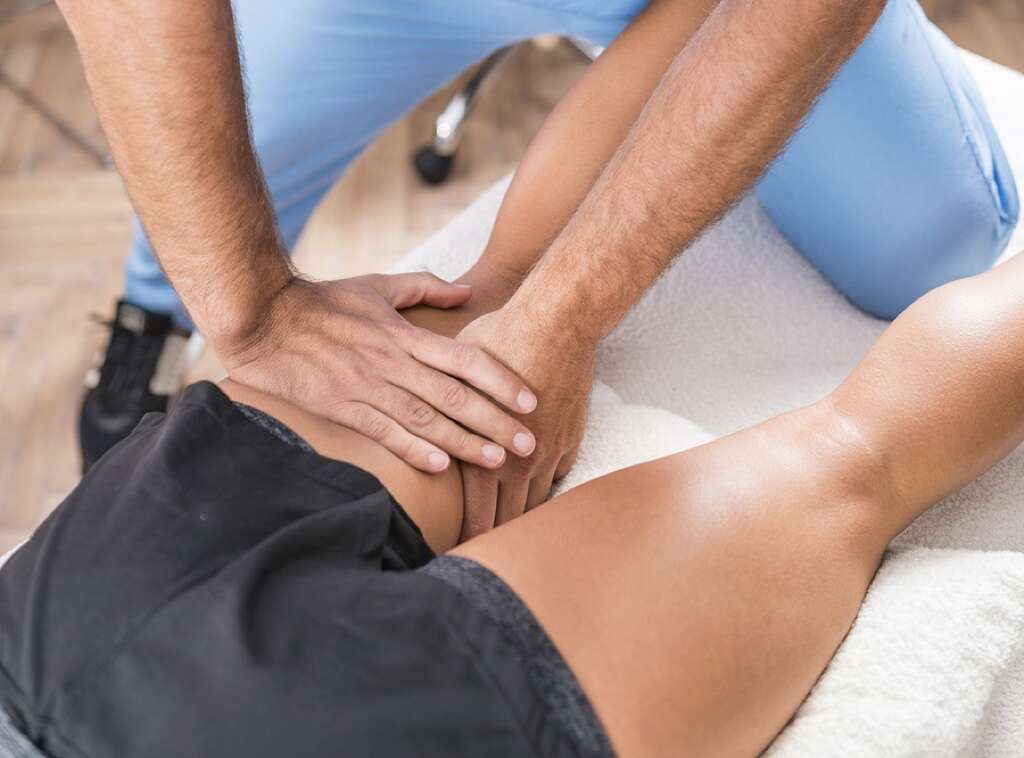
Symptom #10: Unusual Lump
Muscles are basically a mass of fiber that knit tightly together. They work by contracting, which causes them to pull on tendons, and this then causes their associated body parts to move. They can become torn just like other fibers, though, and this damage can sometimes be visible from the surface.
Patients with a pulled hamstring will often experience a lump of muscle just above the tear. You will often find a depression in the muscle just below the lump. It is an indicator that the pull is quite severe and that the patient should find medical assistance as soon as possible.




